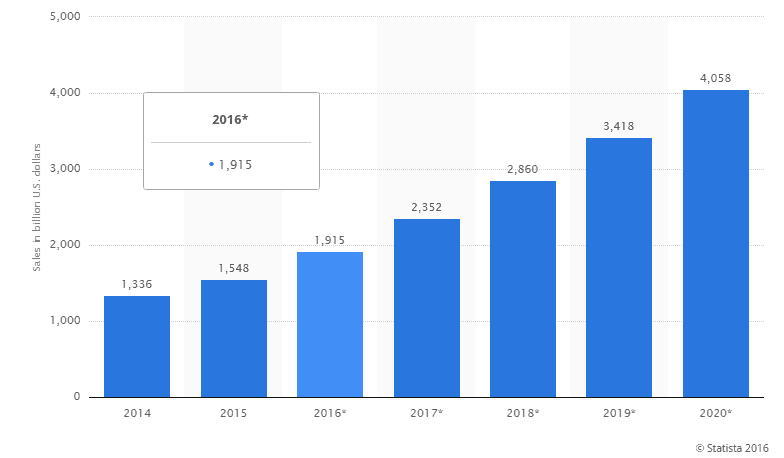International investors and businesses that need to work with foreign currencies have many risks. Granted, the rewards they get can be fantastic. However, they also require additional safeguards to avoid losing their fortune due to some market hiccup.
Foreign exchange (FX) risk is one of those factors that one has to manage with utmost efficiency. Hedging remains the best way for small and medium-sized enterprises (SME) to achieve this, reports CNBC.

Table of Contents
Understanding FX Risk: What and Why It Is
FX risk is a risk to your investment’s value which exists for deals that involve different currencies. It’s the risk of a currency changing its exchange rate value. However, one can hardly call it a ‘risk’ because the change in those rates is a certainty.
Therefore, it’s essential to have a strategy for managing FX risk in place before you start dealing with any foreign currency transactions. The majority of tools that help reduce your losses due to the volatile exchange rates are preventative, so you must consider those safeguards while choosing a method for cross-border money transfers.
Types of FX risk you’ll be facing are:
- Transaction risk.
The risk that occurs when your business has actual contractual cash flow, which can be directly affected by currency exchange rates changes. - Economic risk.
This is a major risk that occurs when your company’s actual value is dependent on the changes in currency exchange rates. It mostly has to do with macroeconomic factors in the foreign country you do business with. - Translation risk.
Translation risk refers to issues which can occur with your financial reporting when you process and consolidate statements in different currencies. It has little to no effect on your actual cash flow. However, this kind of issues can affect your reported revenue and therefore the stock price of the business.
- Contingent risk.
This type of FX risk occurs when your economic or transactional risks are contingent on some business project negotiation you are currently having.

Managing FX Risk with the Help of Hedging Tools
To manage FX risk most effectively, your business will need to use a suitable foreign exchange hedge (FOREX hedge). These financial operations are regulated by International Financial Reporting Standards and a variety of national accounting standards.
Therefore, you need to check the regulations in your country as well as the country you do business with in order to determine how exactly you can use hedging tools to manage your FX risk.
Types of Hedging Tools

Limit orders
Limit orders in currency exchanges are one of the most efficient ways to reduce FX risk as they enable you to buy/sell at a predetermined price level. When using a limit order, you set a specific buy or sell rate that you want to secure and the transaction goes through once that level is reached. Top online money transfer platforms today offer a limit order feature which you can use to automate the process and avoid monitoring FX rate changes personally.
Forward contracts
Forward contracts are a tool that allows you to secure a specific rate to buy or sell currency on a set date in the future. This is a hedging tool that allows for maximum certainty in the cash flow because it eliminates currency exchange rate fluctuations as a factor for this specific transaction. However, you won’t be able to profit from a favorable change in FX rates when using this method.
FX derivatives
From all available FX derivatives, SMEs should consider using options and swaps. Currency options are a type of insurance for currency exchange. You pay a premium and you secure the right to buy or sell currency at a secured rate (strike price) on a specific date in the future. Note that it’s a right, not an obligation. This method allows you to benefit from positive changes in the FX market. This is one of the best hedging tools to reduce long-term risks, so it works well for extremely volatile markets.
Currency swaps are a tool used by companies that enter a long-term borrowing commitment. In essence, a swap is an exchange of loan principal in one currency and interest in another. It’s a good option for foreign financing. The rates on the loan can be either variable or fixed.
For the majority of SMEs, forward contracts and limit orders are sufficient methods to manage FX risk rather effectively. However, don’t forget that you are the one making the decisions on the best rates to secure. You’ll need to do a lot of market research to make the choices that will benefit your business the most.
Money transfer companies, such as MoneyCorp or Currencies Direct offer a variety of hedging tools to their clients. SMEs that work with foreign currencies should always consider this factor when choosing a money transfer provider as the ability to manage the FX risk can be more important than a marginally lower currency exchange rate.



















All good to know Erik. I have not traded FX in well over a decade. Years before I began my blogging and globe trotting and course business, I did some forex trading while working my security guard job. Every night when things slowed down at the terminal I would trade.